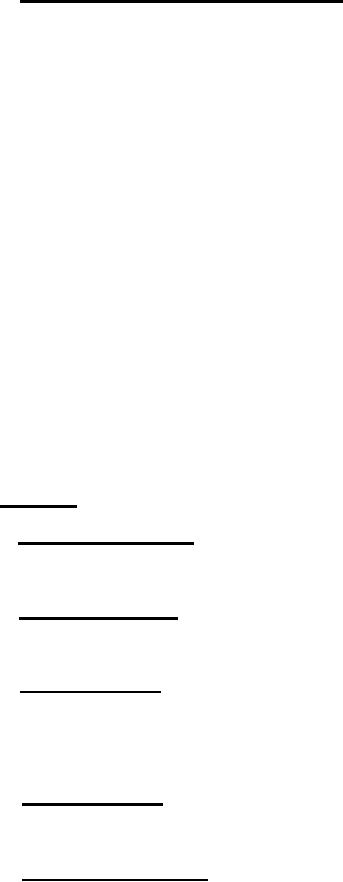 |
|||
|
Page Title:
Aircraft installation requirements |
|
||
| ||||||||||
|
|  MIL-T-18847C(AS)
3.5.12 Aircraft installation requirements. Ground clearance shall be in
accordance with SD-24 - Vol I and Vol II for armament as applicable. The
weight of permanent installation provisions shall be kept to a minimum. All
installation provisions shall be kept to a minimum and shall be kept within
the contours of the aircraft wherever practicable in order to minimize drag
after the release of the tanks. The fuel tank installation shall be such as
to prevent looseness during flight which would induce wing flutter, buffeting,
or yawing of the aircraft. In addition, the following requirements shall
apply:
a.Ground clearance shall be in accordance with SD-24 - Vol I and Vol
II for armament. In addition, sufficient clearance and access shall be
provided for installing, filling, draining, and removing the tank.
b. The catapult bridle, when taut, shall be not less than 4 inches
away from the nearest part of the tank for fuselage installations and shall be
not less than 6 inches from wing installations. The tank installation shall
be designed so that when the catapult bridle is released, it shall not strike
or hang up on any part of the tank installation.
c. On carrier type aircraft, the tank installation shall clear the
catapult bridle and the catapult bridle shall not strike the tank at the end
of the launching run.
d. The tank shall not obstruct a satisfactory barrier engagement of
the aircraft.
3.6 Fueling.
3.6.1 Filling previsions. Provisions for gravity or pressure filling
shall be incorporated as required by the applicable drawings, specifications,
or purchase order (see 6.2).
3.6.2 Pressure fueling. The pressure fueling and transfer system-shall be
designed and constructed to withstand and operate properly with internal
fueling pressure of 60 psig.
3.6.3 Proof pressure. The pressure fueling and transfer system, exclusive
of the tank shell, shall be capable of withstanding internal proof pressures
of 120 psig. The external leakage shall be not greater than 31 cc per minute
through the pilot valve and leakage shall be not greater than 0.5 cc per
minute through the shut-off valve.
3.6.4 Burst pressure. The pressure fueling and transfer system, exclusive
of the tank shell, shall be capable of withstanding an internal fuel burst
pressure test of 180 psig. There shall be no evidence of rupture or breakage.
3.6.5 Design fueling rate. The tank pressure fueling system shall be
capable of receiving fuel at flow rates of 50 gallons per minute at 20 psig
measured at the fuel line quick disconnect nipple.
12
|
|
Privacy Statement - Press Release - Copyright Information. - Contact Us |